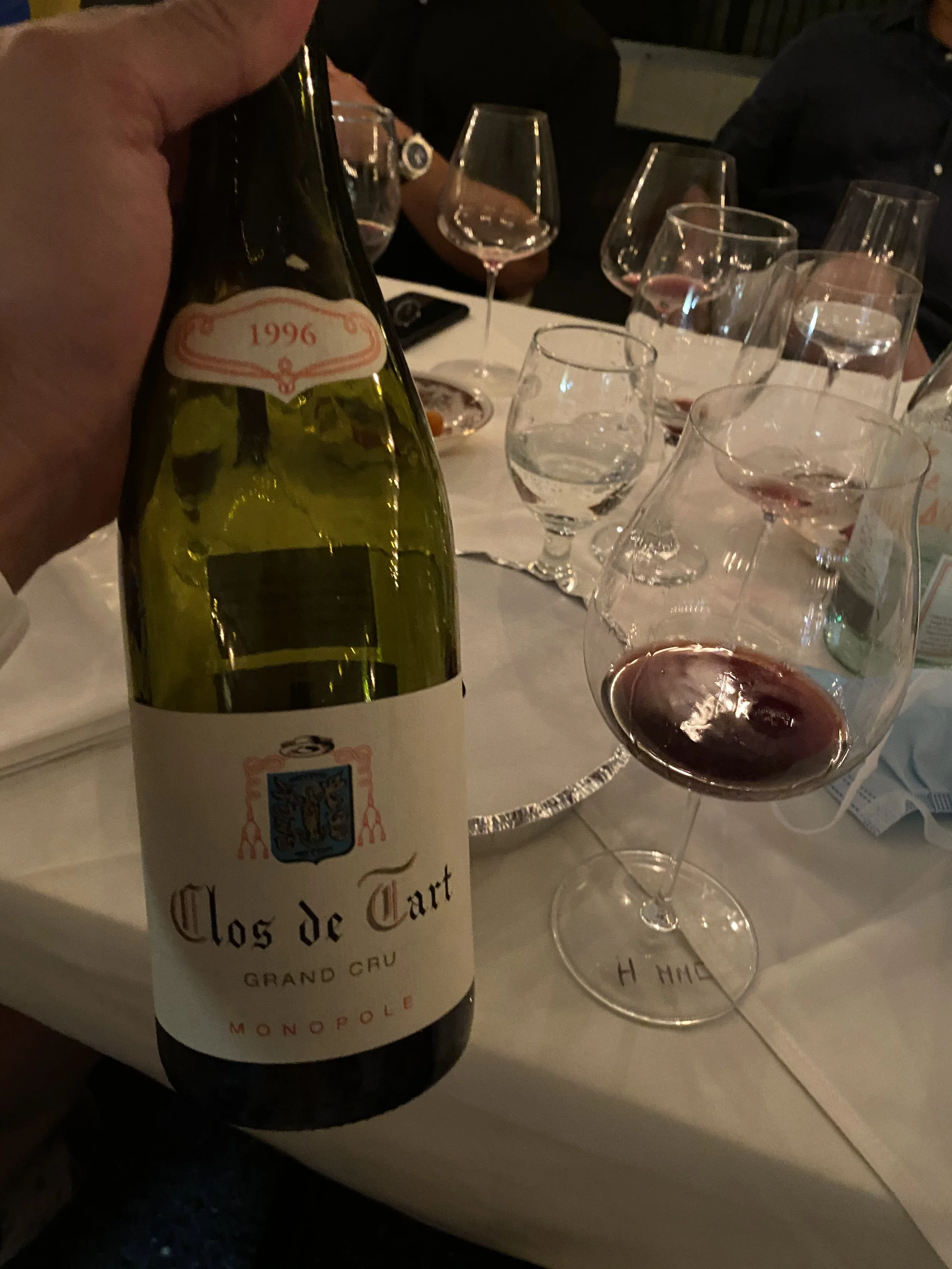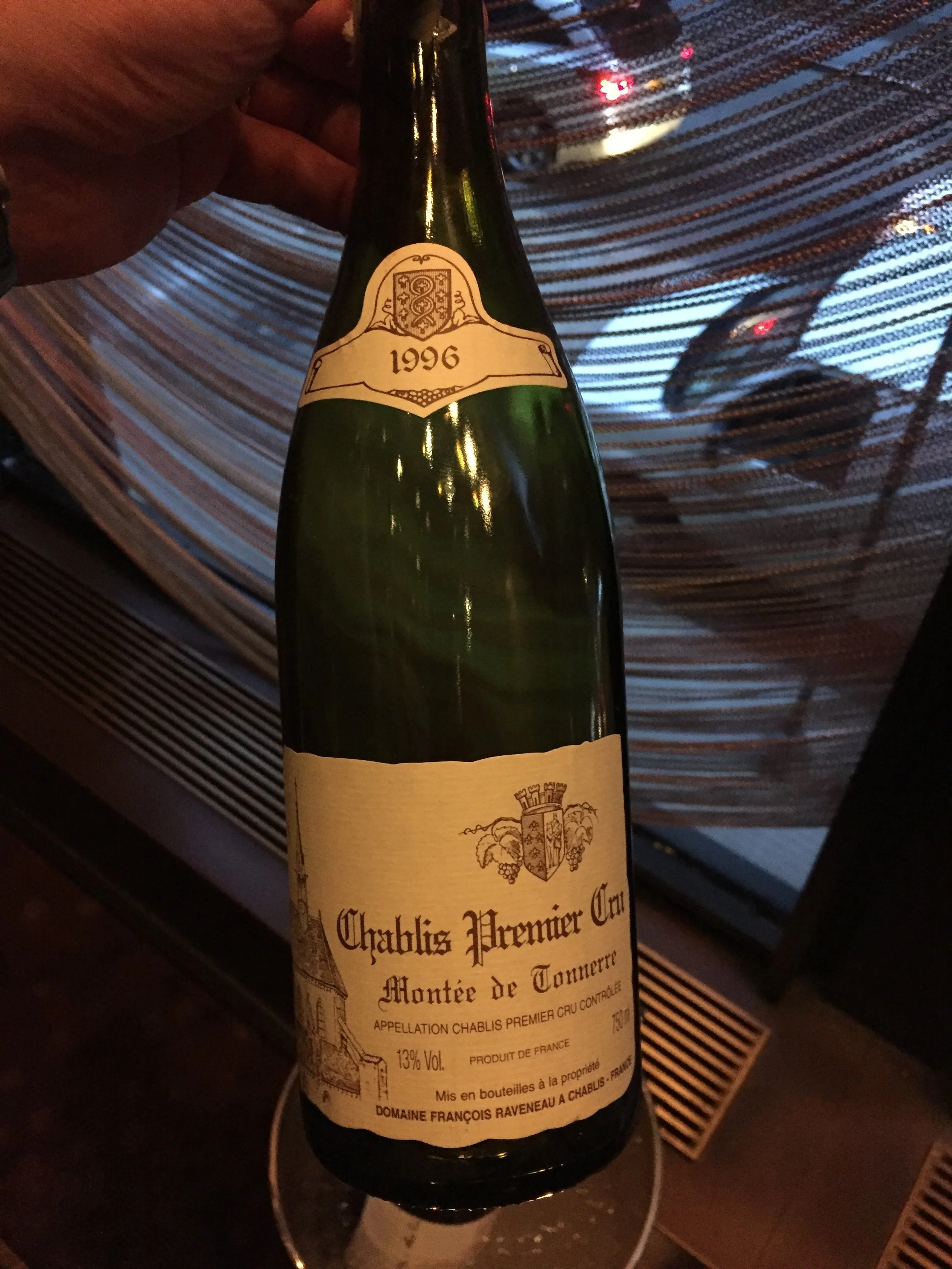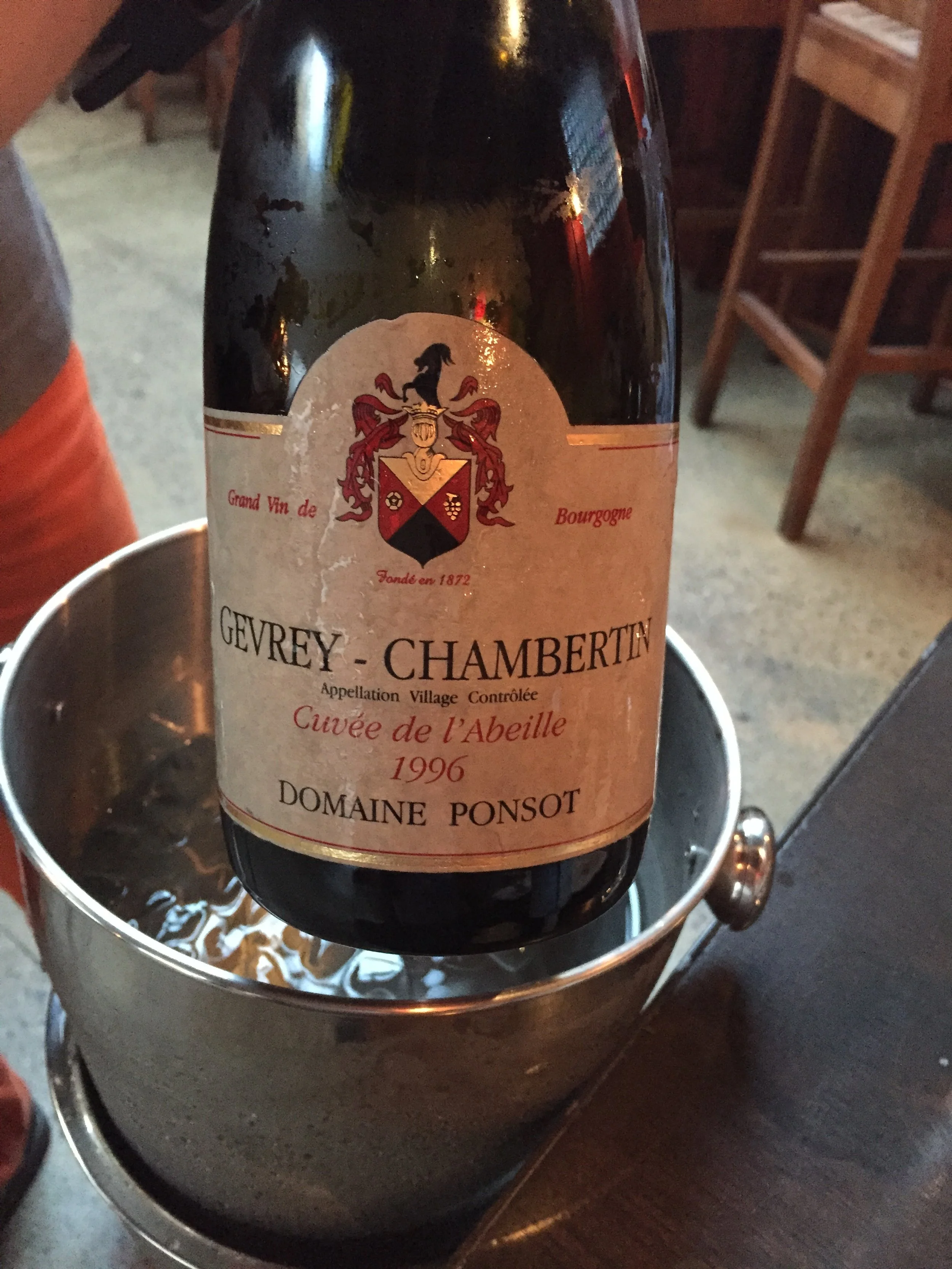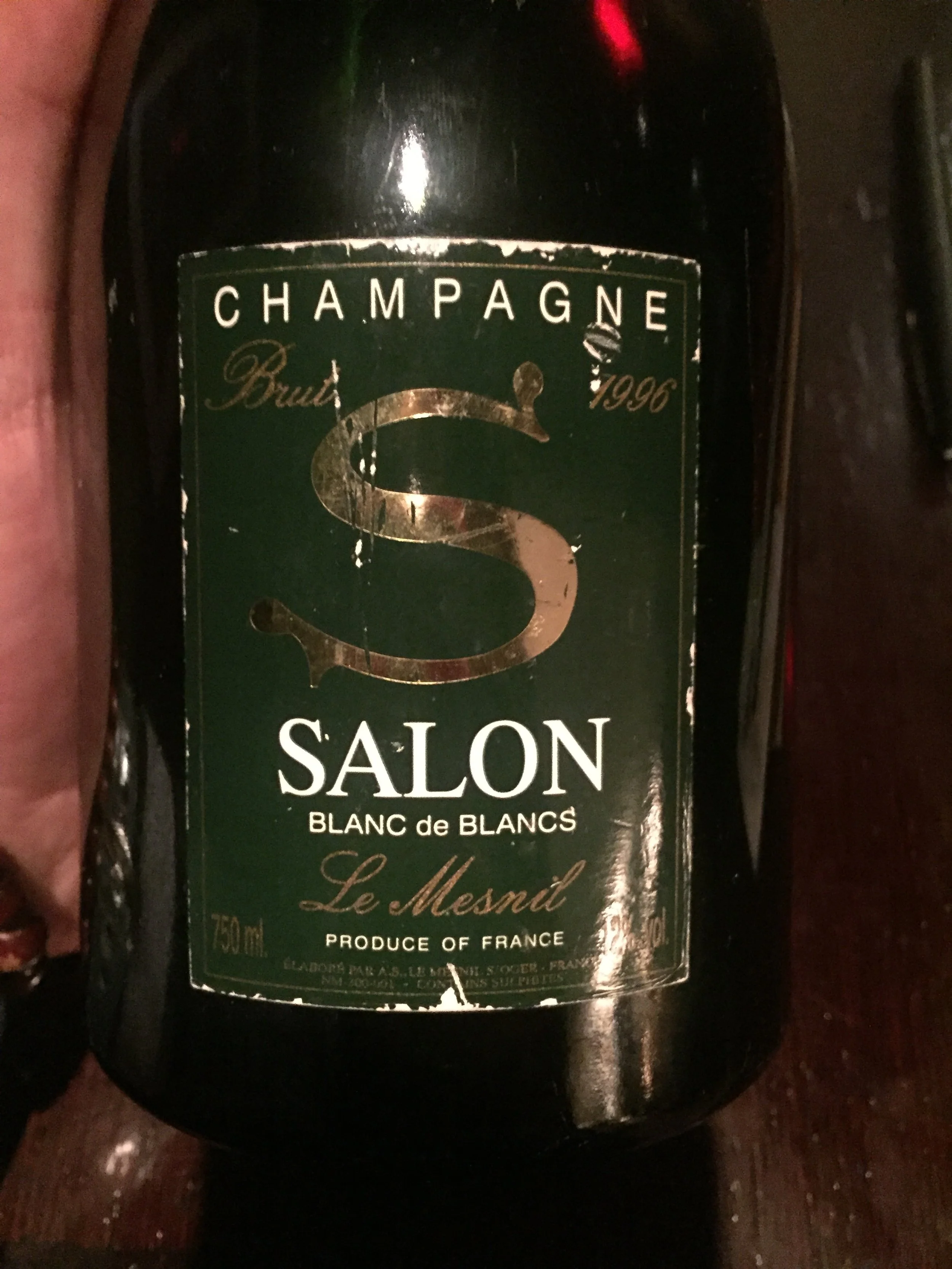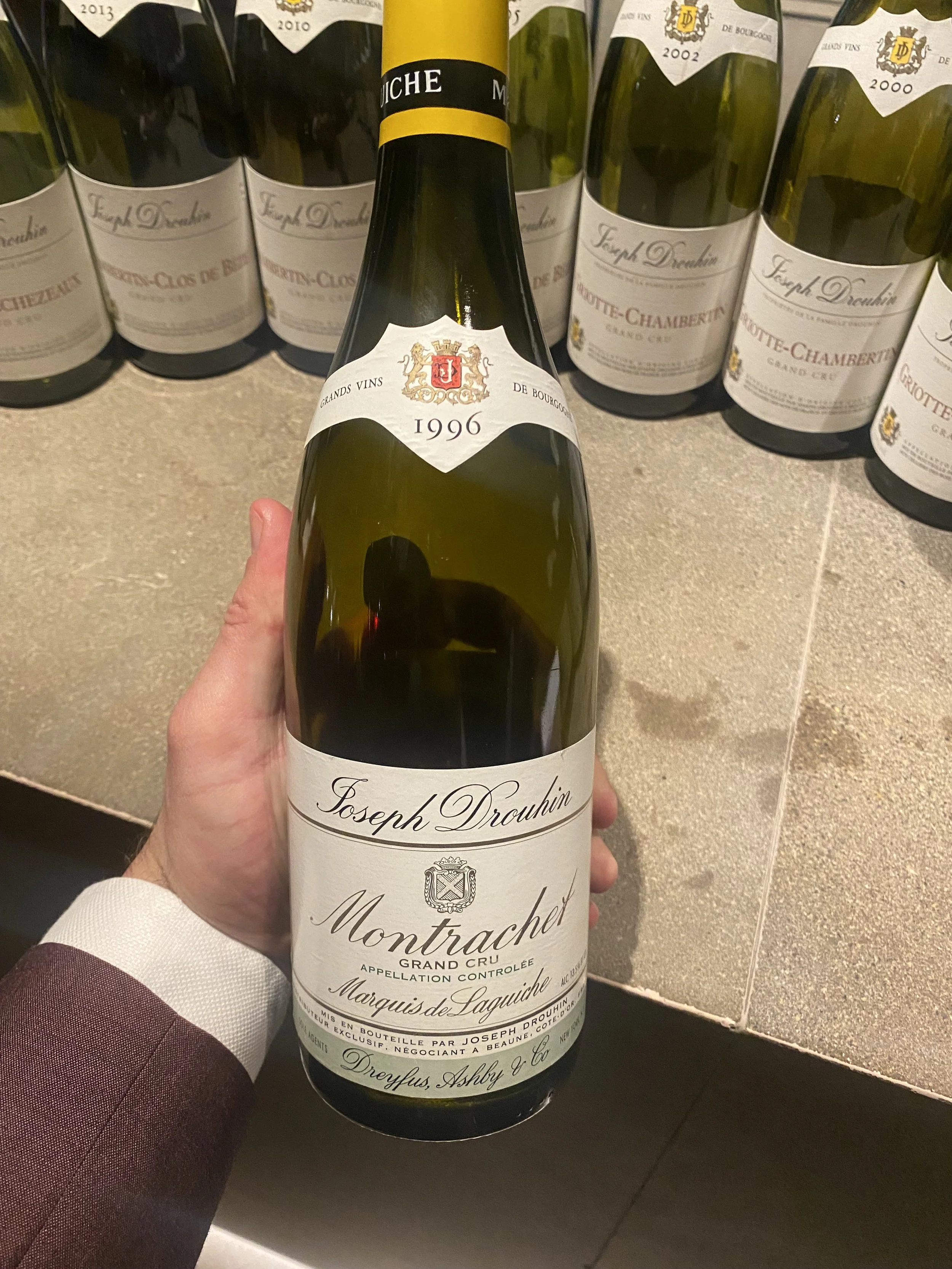1996 in champagne. what happened?
by Edouard Bourgeois
November 21, 2025
Ratings for 1996 often use words like "exceptional" and "grandiose," with some comparisons to 1928. What made 1996 objectively unique was the high average potential alcohol (10.3%) combined with high total acidity (10g/litre)—figures rarely seen together. As Charles Philipponnat noted, this is a significant jump from the 9.3% potential alcohol common forty years prior.
Acidity and potential alcohol work together for balance, but typically, when one is high, the other is low. In 1996, both figures were high. Bruno Paillard called it a 'naughty boy' vintage due to its unpredictable nature and the anxiety it caused producers while waiting for acidity levels to drop. However, the result for those with patience is "fantastic."
While acidity is key for aging, the true test is time. Over two decades later, the remaining 1996 bottles reveal which producers succeeded. The best examples are still complex and alluring, where the high acidity is balanced by a wide range of aromas, from brioche to stone fruit. Unfortunately, some other bottlings show only residual acidity, resulting in unbalanced and tart wines.
I recall opening a glorious bottle of 1996 Cristal for my son's birth seven years ago; the wine was still vibrant and charged.
Another fabulous example was made by Krug. As Olivier Krug said, "It’s a year where a good house or a good winemaker will make a good wine... It’s a tricky vintage." Other industry professionals have shared similar sentiments, noting that some vintners either opted out of making a vintage bottling or failed to achieve balance, resulting in wines that are already clumsy or tired.
The 1996 vintage often draws comparisons to its predecessor, 1995. These were the last two great Champagne vintages following the 1988, 1989, and 1990 trio. The 1996s are powerful wines; the best combine weight from ripeness with tension from acidity, providing the interest, complexity, and structure needed for long-term aging.
Interestingly, more houses released 1995 as a vintage Champagne than 1996, with a ratio of roughly 60% (1995) to 40% (1996).
Given its unpredictability, the safest bet for 1996 Champagne remains to go with producers you trust.
While looking for pictures of 1996 Champagne on my IPhone, I also found several other wines from various regions where the 1996 vintage truly shone, as seen in images below;jbgories
News from the vineyard - Spring Frosts in Burgundy
April 6, 2022
By Victoire Chabert
Interview with Lucie Germain from Domaine Henri Germain & Fils, Meursault
Domaine Henri Germain et Fils began life in 1973 when Henri Germain – from the same family as Domaine Château de Chorey-les Beaune – decided to set up on his own estate. Henri’s son Jean-François Germain was joined in 2018 by his daughter Lucie who is now helping to run this small (8ha) domaine. Jean-François is married to Sophie, François Jobard's daughter and Antoine Jobard’s sister. In the vineyards they follow as natural a system of viticulture as possible (organic). 75% of the domaine's production is white wine, and they are among the very best examples of White Burgundy. I conducted this interview with Lucie a few days after the frost of the night of April 3 to 4 which I wanted to learn more about.
1) Can you explain the effect of frost on the vineyard?
There are several types of frosts which occur in different seasons, but we will talk about the spring frost, which we have just experienced. We’re at a moment right now where the weather is getting warmer and the vine starts to grow. It is this rise in temperature that wakes up the sap in the roots, start to flow through the vine, and make them "cry" as we say. [when you see sap dripping from previously pruned parts of the vine]. And following that, the sap will make the buds come out. In these buds, there is water and it is the cells present in the buds that risk freezing when the temperature drops too much.
The vine can freeze depending on the temperature but it also depends on the vegetative stage of the bud. In fact, the more the vine grows, the less it resists temperatures. For example, a bud that has just emerged with its protective layer can withstand temperatures down to -3 or -4 degrees Celsius (25 degrees F) . But if temperatures drop too low, then it is possible for the buds to freeze and significantly reduce the crop.
At the moment, and fortunately, the vineyard is not very advanced. But note that it depends on the sector. Some of our vines are more advanced than others.
2) What are the techniques used to avoid frost?
The first thing is to have a good agricultural sense. The thing to do is to know the so-called prophylactic methods. To make it simple, we will try to prune the vine as late as possible so that the vine will bud as late as possible - because the more we wait, the more chance of good weather. And if the vine is in “cotton” [where the buds still have their protective covering that looks like cotton balls], it does not risk anything.
At the domaine, we have 3 people for every 8 hectares. It is therefore difficult to prune everything in 15 days in February (even if it would be ideal). Pruning is one of the tasks that takes us the most time throughout the year in the vineyard. We try not to prune before mid-December.
Then, you also have to control the grass. If there is too much grass between the rows, it will be in contact with the buds and there will be much more chance that the buds will freeze because there will be too much humidity.
Finally, we can play with the pruning dates according to the vines’ location by pruning the most precocious vines last. For example, Meursault 1er Cru Poruzot, which is located on the hillside of Meursault, is often our earliest-developing vineyard and is therefore the one that is harvested first. It is important to have a good sense in the choice of pruning schedules according to the different parcels of the domaine. Basically, we want to prune the latest vines as early as possible and the earliest vines as late as possible.
In terms of direct protection measures, we can mention some of them: ridging, water spraying.. but we have bet on moving air with windmills as well as heating with candles and, for the first time, tarpaulins.
We put candles in the early vines like Perrières and Meursault Village, as well as a wind turbine to aerate Meursault Charmes that we bought with several other wine growers. We also tried for the first time to put a winter cover on to test. But as the vines did not really freeze, we cannot make a comparison to know if it worked or not.
Disadvantages: the candles are polluting and expensive (note minimum of 10 euros per candle) and we in Meursault have to cover between 300 and 600 hectares minimum; therefore it is a real investment. It would be necessary to find other solutions which pollute less but for the moment we don’t really have them.
3) Is climate change the cause?
Spring frosts are partly the consequence of climate change and extreme weather shifts: when it seems like winter is over and the weather gets nice (up to 20 degrees=68F), the vine will grow rapidly. This is also the case for fruit trees and flowers. The high temperatures make nature wake up and start to grow, but then in that vulnerable state, suddenly the temperature drops and we have these dangerous moments.
4) Finally, last week's freeze, more fear than harm?
Yes, fortunately more fear than harm. We are quite early in the season and the vines are not very budded (again, it depends on the sector). The pinot noir grape variety for example is quite late as well as the rest of the reds which are generally very late. But for the vines on the hillsides which develop a little faster, it can be more constraining. But we are still early in the season and the vines have not grown as much and are therefore less at risk.
Even if it froze on Sunday morning and especially on Monday morning, we were lucky that the days before, the weather was rather nice and windy, so it allowed us to have rather dry conditions and not to freeze the buds. In previous years, freezing was often due to rain the day before or to wet soil, and the humidity went up on the vines and crystallized the buds, thus freezing them.
In Meursault in any case, more fear than harm, but it is only the beginning of the spring season and the vines are just starting to grow - we are crossing our fingers that we don't have another frost episode.
Last year, the frost was very present. The domaine lost more than 60% of our harvest, which is quite rare. The vineyard was more at risk because it was at a more advanced vegetative stage and it had snowed the days before to the extent of 2 or 3 cm (1.18 in) of snow. The magnification of the sun’s rays on the frosted vegetation burned the cells of the vine leaves of the young shoots which is what destroyed all the vines, especially those on the hillside and particularly the chardonnay. But for this year, we cross our fingers for beautiful days to come!
News from the Vineyard
by Edouard Bourgeois
September 23, 2021
If, like me, you follow producers such as Domaine Lafarge, Jean-Marc Roulot or Domaine Mugneret-Gibourg, you may have noticed that the crucial time of harvest has arrived.
Among the first to harvest was Domaine Simon Bize on September 12. Domaine Lafarge and their neighbor Marquis d’Angerville both started picking beautiful, small and concentrated clusters of Pinot Noir on Monday. Dominique Lafon picked his first grapes in Volnay last Friday, The Mugneret-Gibourgs started yesterday. Burgundy winemakers are firing on all cylinders.
2021 was marked by a historic episode of spring frost, destroying mostly Chardonnay vines and seriously impacting the production of the famous whites of the Cote de Beaune. Pinot Noir were also affected but to a lesser extent. Anthony Hanson, who writes for Jancis Robinson, notes in an early July article: “The frosts affected Chardonnays in strange ways. Domaine Blain-Gagnard in Chassagne-Montrachet report that they may have lost 65% of a normal crop in the Premiers Crus La Boudriotte and Cailleret, where La Grande Montagne (higher up the hill) is 90% affected. Their Grands Crus and village-level wines were less damaged. Informally, I gathered that Domaine Leflaive may be looking to produce 40% of a normal crop”
Summer was overall rainy and humid, a situation far from ideal, although the water tables needed to be replenished after a very dry spring. Rot pressure is certainly the main concern for vignerons and the sorting tables are in full swing.
Good luck to our vigneron friends!





